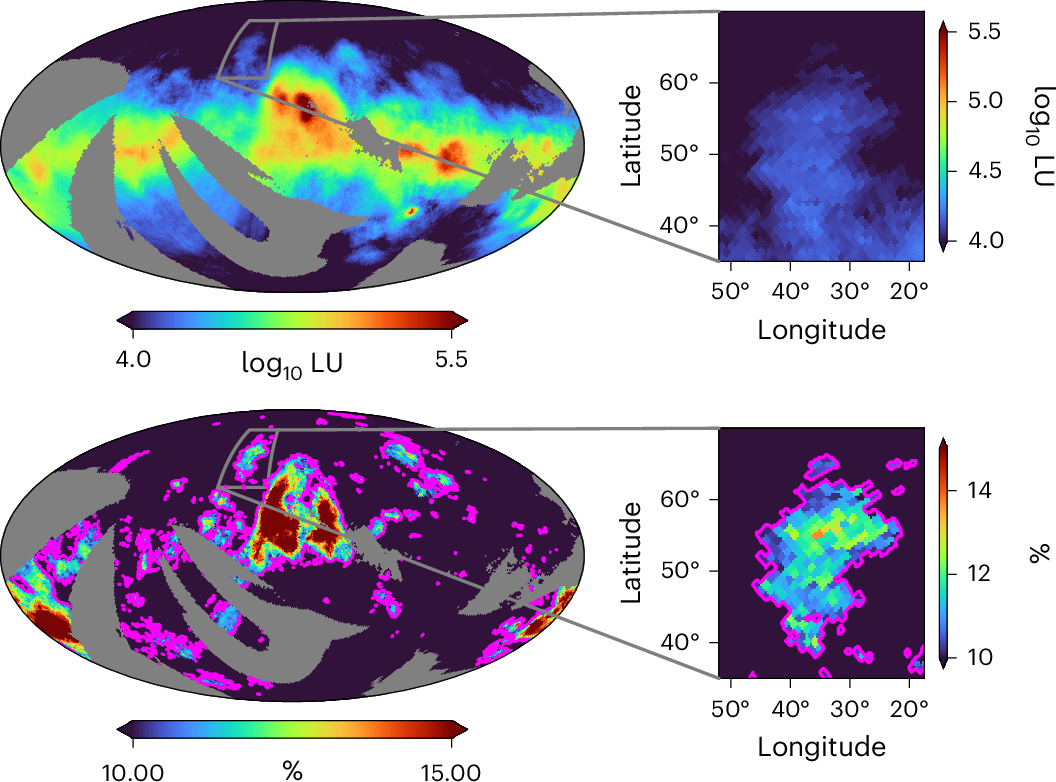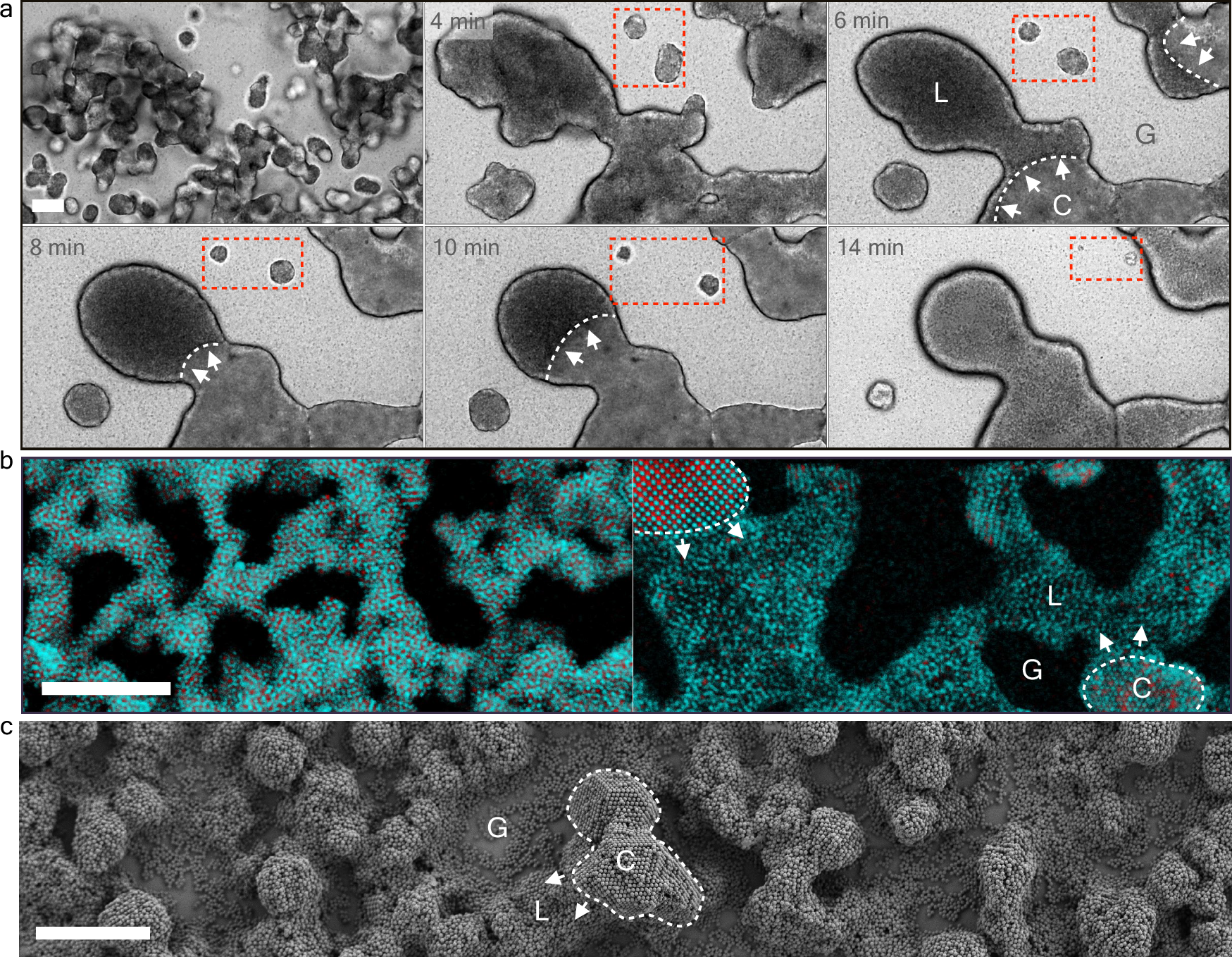2025-04-28 ニューヨーク大学 (NYU)
<関連情報>
- https://www.nyu.edu/about/news-publications/news/2025/april/long-invisible-molecular-cloud-discovered-near-our-solar-system-.html
- https://www.nature.com/articles/s41550-025-02541-7
H2蛍光から見えてきたローカルバブルの暗黒分子雲 A nearby dark molecular cloud in the Local Bubble revealed via H2 fluorescence
Blakesley Burkhart,Thavisha E. Dharmawardena,Shmuel Bialy,Thomas J. Haworth,Fernando Cruz Aguirre,Young-Soo Jo,B-G Andersson,Haeun Chung,Jerry Edelstein,Isabelle Grenier,Erika T. Hamden,Wonyong Han,Keri Hoadley,Min-Young Lee,Kyoung-Wook Min,Thomas Müller,Kate Pattle,J. E. G. Peek,Geoff Pleiss,David Schiminovich,Kwang-Il Seon,Andrew Gordon Wilson & Catherine Zucker
Nature Astronomy Published:28 April 2025
DOI:https://doi.org/10.1038/s41550-025-02541-7

Abstract
A longstanding prediction in interstellar theory posits that significant quantities of molecular gas, crucial for star formation, may be undetected due to being ’dark’ in commonly used molecular gas tracers, such as carbon monoxide. We report the discovery of Eos, a dark molecular cloud located just 94 pc from the Sun. This cloud is identified using H2 far-ultraviolet fluorescent line emission, which traces molecular gas at the boundary layers of star-forming and supernova remnant regions. The cloud edge is outlined along the high-latitude side of the North Polar Spur, a prominent X-ray/radio structure. Our distance estimate utilizes three-dimensional dust maps, the absorption of the soft-X-ray background, and hot gas tracers such as O vi; these place the cloud at a distance consistent with the Local Bubble’s surface. Using high-latitude CO maps we note a small amount (MH2≈20–40M⊙) of CO-bright cold molecular gas, in contrast with the much larger estimate of the cloud’s true molecular mass (MH2≈3.4×103M⊙), indicating that most of the cloud is CO dark. Combining observational data with novel analytical models and simulations, we predict that this cloud will photoevaporate in 5.7 Myr, placing key constraints on the role of stellar feedback in shaping the closest star-forming regions to the Sun.



